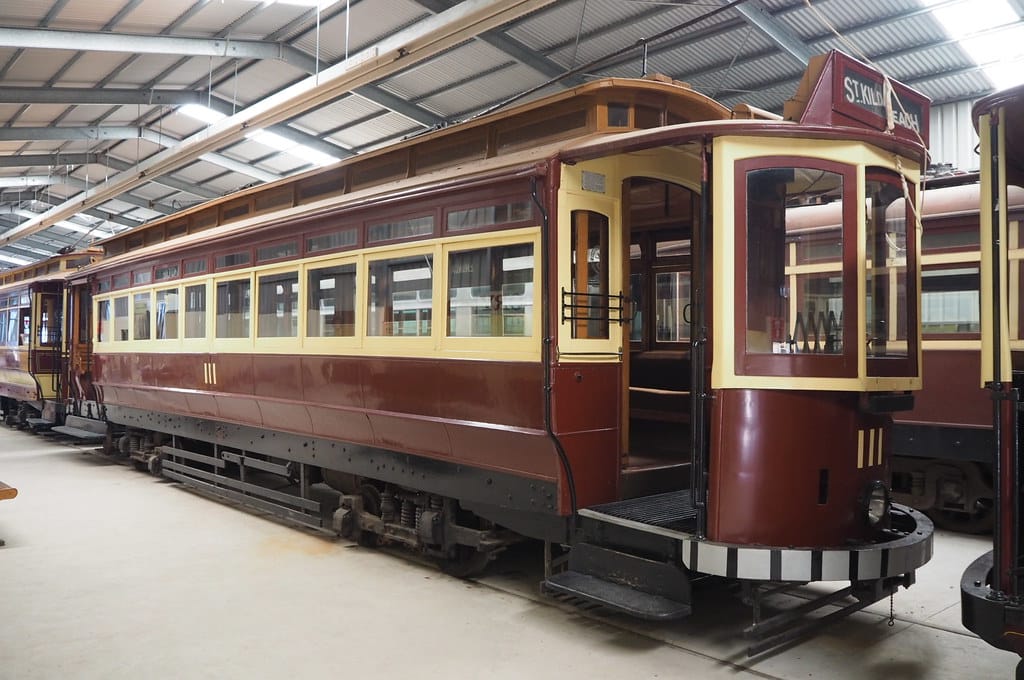
The Ruislip Lido Railway, nestled in northwest London, is a beloved miniature railway with a rich and evolving history that mirrors the changing leisure landscape of the city.
Originally conceived as part of post-war recreational development, the railway opened in July 1945 as a modest 400-metre loop near Woody Bay, operated by a subsidiary of the Grand Union Canal Company. It was designed to complement the Ruislip Lido, itself a former reservoir built in 1811 to supply water to the Grand Junction Canal. The Lido had already become a popular destination for boating and skating, and the railway added a new layer of attraction.
The first locomotive, Prince Edward, was a steam-powered Atlantic-type engine built by George Flooks of Watford. It ran on a 12-inch gauge track, which remains the railway’s defining feature. In 1951, ownership of the Lido and railway passed to the Ruislip-Northwood Urban District Council, and later to the London Borough of Hillingdon following local government reorganisation in 1965.
Over the decades, the railway underwent several transformations. In 1960, Prince Edward was retired and replaced by a petrol-electric locomotive built by Geoffrey Hunt of Bristol. This was succeeded in 1973 by a petrol-hydraulic locomotive named Robert, built by Severn Lamb. However, in 1978, a derailment caused by excessive speed and poor track maintenance led to the railway’s closure for the remainder of the season.
The turning point came in 1979, when local enthusiasts formed the Ruislip Lido Railway Society (RLRS). Volunteers took over operations, and by 1980, the railway was running again under their stewardship. The society embarked on an ambitious expansion programme, extending the line in stages: first to Eleanor’s Loop in 1986, then to Haste Hill in 1990, and finally to Willow Lawn (formerly Ruislip Lido station) in 1997. These extensions transformed the railway into a scenic two-mile journey through Ruislip Woods, making it the longest 12-inch gauge railway in the UK.
The RLRS also invested in new rolling stock. Notable additions include Lady of the Lakes (1986), Graham Alexander (1990), Bayhurst (2003), and John Rennie (2004), all diesel locomotives built by Severn Lamb or the Ravenglass and Eskdale Railway. In 1998, steam returned with the debut of Mad Bess, a half-scale replica of the Ffestiniog Railway’s Blanche, built in the society’s own workshops.
Infrastructure improvements followed, including upgraded track, new stations, maintenance sheds, and passenger carriages. Today, the railway operates year-round, with multiple trains running during peak periods and special events like the Santa Specials and Teddy Bear Picnics.
Beyond its technical achievements, the Ruislip Lido Railway has become a cherished community asset. It offers not just rides, but a connection to local heritage, volunteerism, and the enduring appeal of miniature railways. Its success is a testament to the dedication of the RLRS and the support of the local council, which continues to manage the surrounding Ruislip Woods National Nature Reserve.
This history was generated using AI and draws on publicly available sources including the Ruislip Lido Railway official site, Wikipedia, and Ruislip Reservoir history pages.